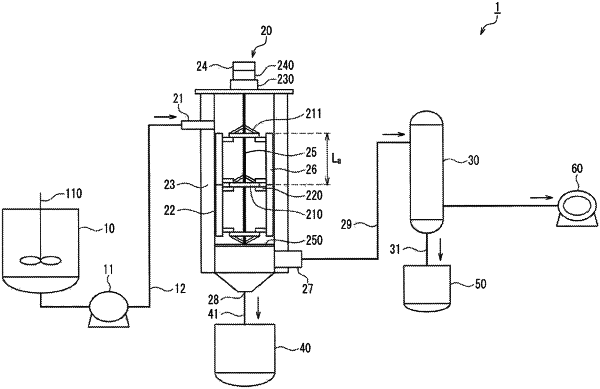| CPC D01F 6/40 (2013.01) [A41G 3/00 (2013.01); A41G 5/0006 (2013.01); A41G 5/004 (2013.01); A61L 27/16 (2013.01); D01D 1/02 (2013.01); D01D 5/06 (2013.01); A41G 3/0083 (2013.01); D10B 2321/101 (2013.01); D10B 2503/08 (2013.01)] | 8 Claims |

|
1. A method for producing an acrylic fiber for artificial hair, the method comprising:
preparing a spinning solution by dissolving an acrylic copolymer obtained by copolymerizing acrylonitrile, vinyl chloride, and a sulfonic acid group-containing vinyl monomer in an organic solvent; and
wet spinning the spinning solution to form an acrylic fiber,
wherein:
the spinning solution comprises 8 to 16 parts by mass of water with respect to 100 parts by mass of the acrylic copolymer,
in the wet spinning, a content of the organic solvent in the acrylic fiber is adjusted to 0.1 to 3% by mass,
the wet spinning comprises at least a water washing process and an oil application process,
in the oil application process, a water-washed acrylic fiber is impregnated with an organic solvent that can dissolve the acrylic copolymer while the oil is applied to the water-washed acrylic fiber, and
the organic solvent used in preparing the spinning solution comprises dimethyl sulfoxide, and the organic solvent impregnated into the acrylic fiber in the oil application process comprises at least one selected from the group consisting of dimethyl sulfone, ε-caprolactam, and sulfolane.
|